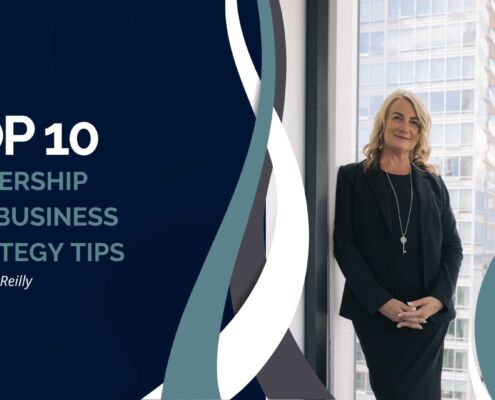Posts

Key Negotiation Skills and Strategies For Successful Leadership
In leadership, negotiation skills go beyond being a mere asset;…

18 Ways To Unlock Powerful Leadership Skills
As leaders, we have the responsibility to guide and inspire.…

Sustained Momentum In Your Leadership Role
Passing the mid-year mark can often leave leaders feeling fatigued…

Top 10 Leadership and Business Strategy Tips
Here are my top 10 leadership and business strategy tips that…

How to Deliver Your Key Message in Under 3 Minutes
As leaders, effective communication is paramount, and this month,…

